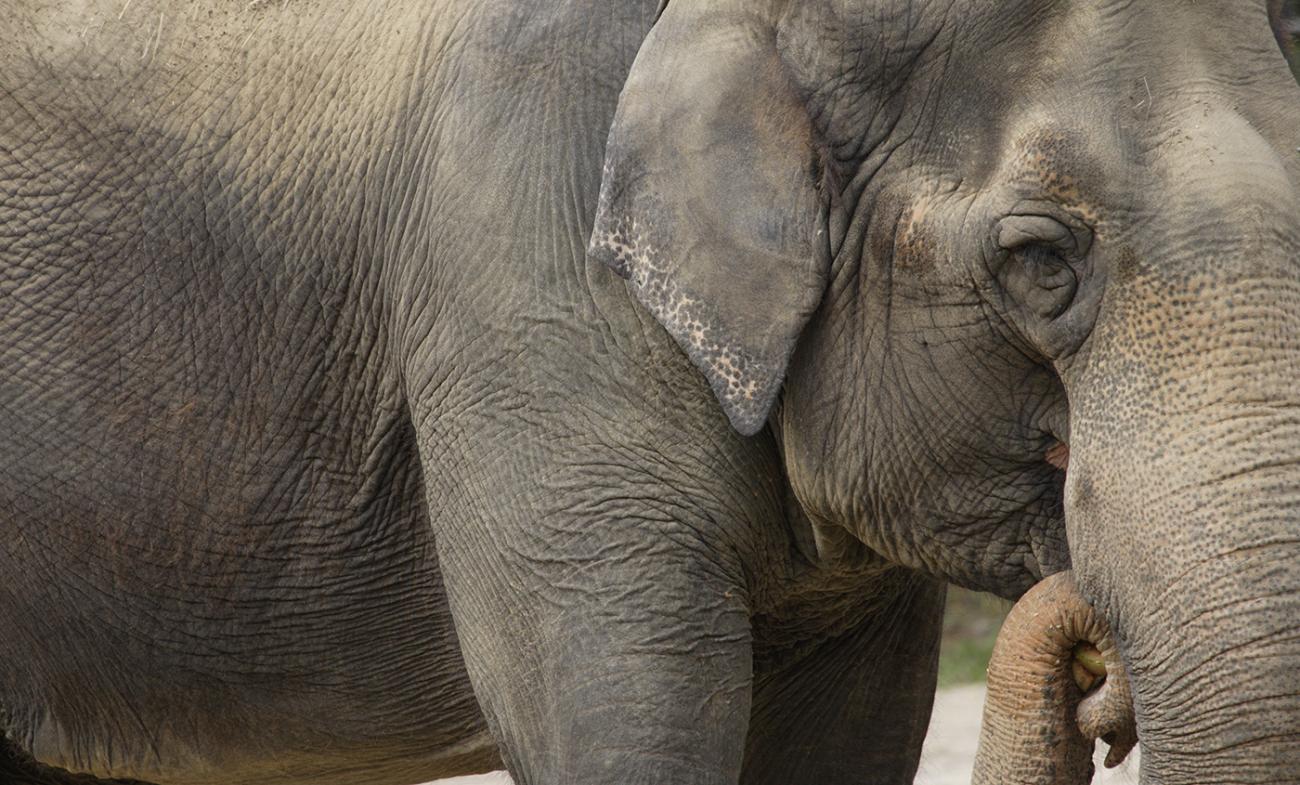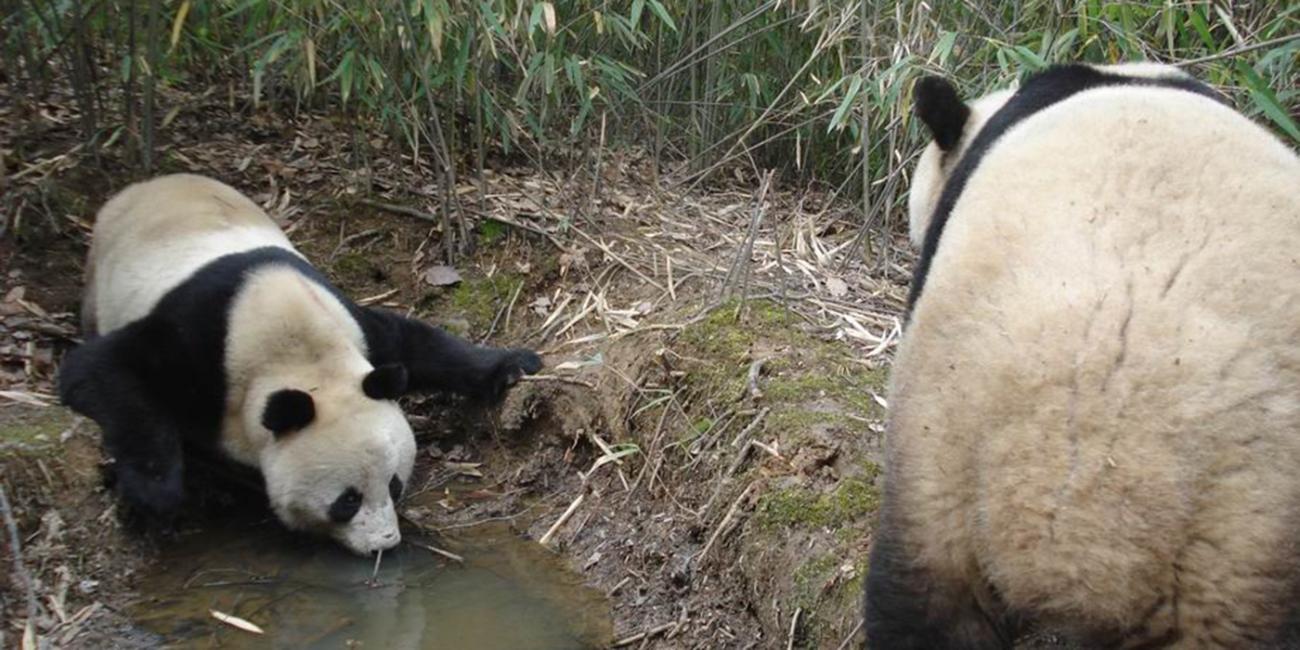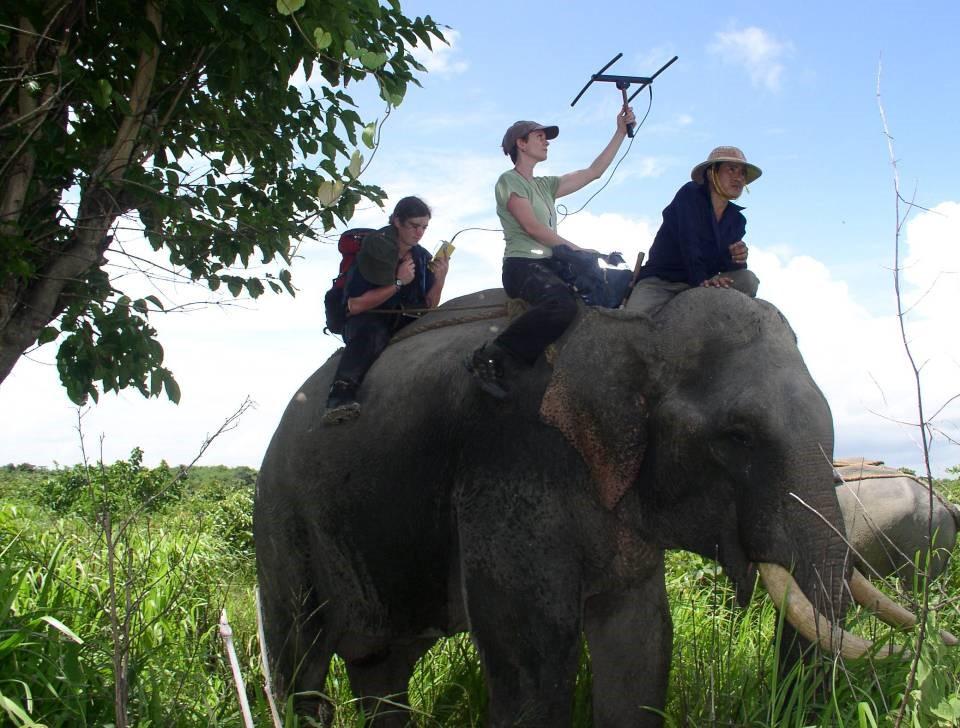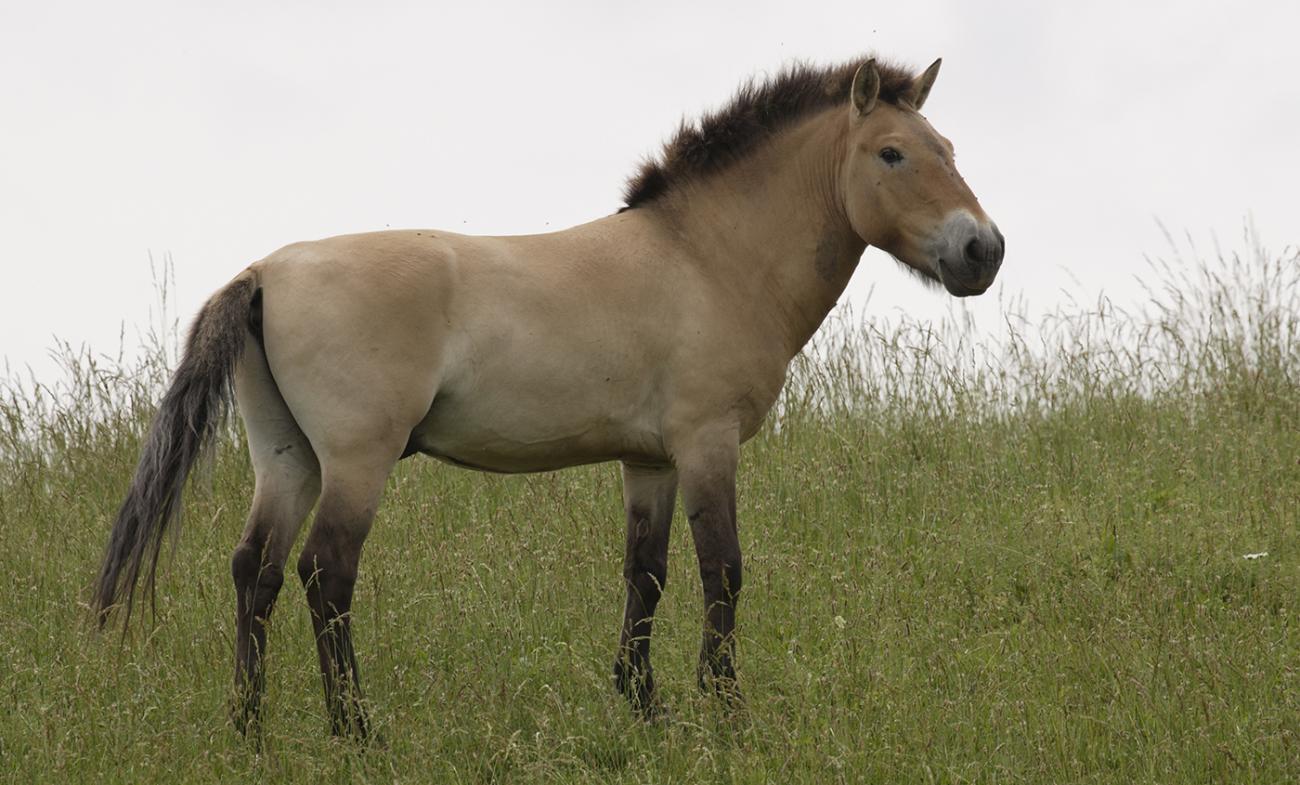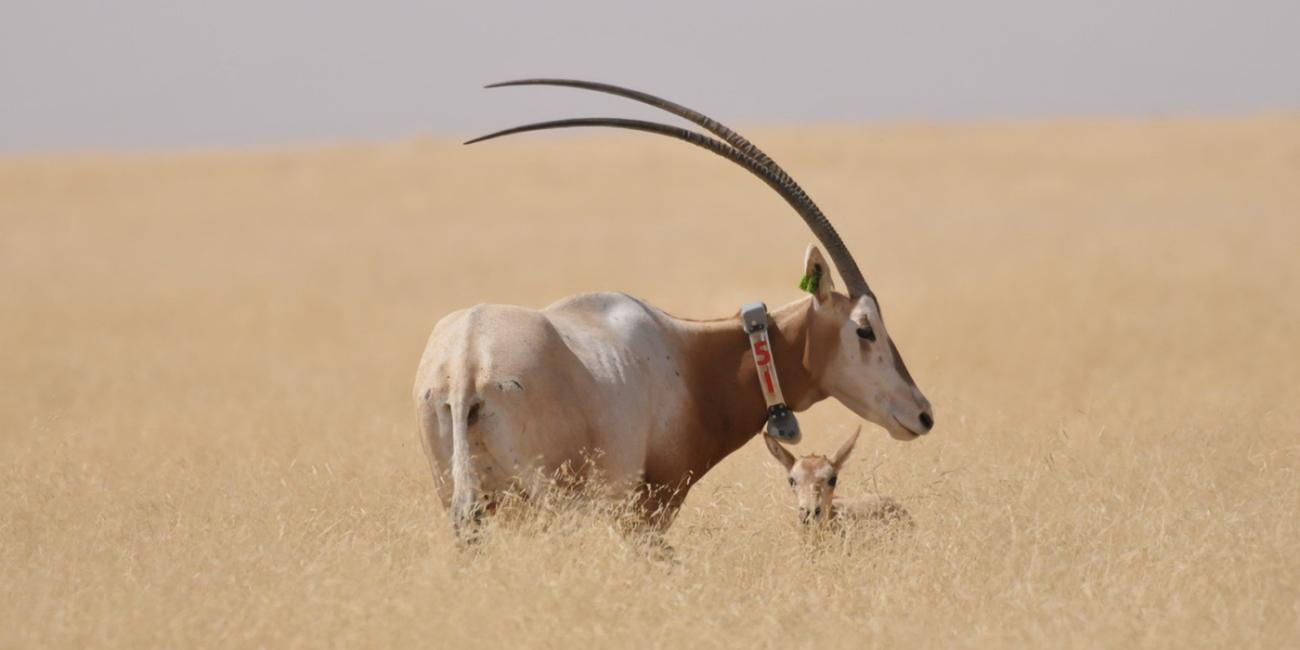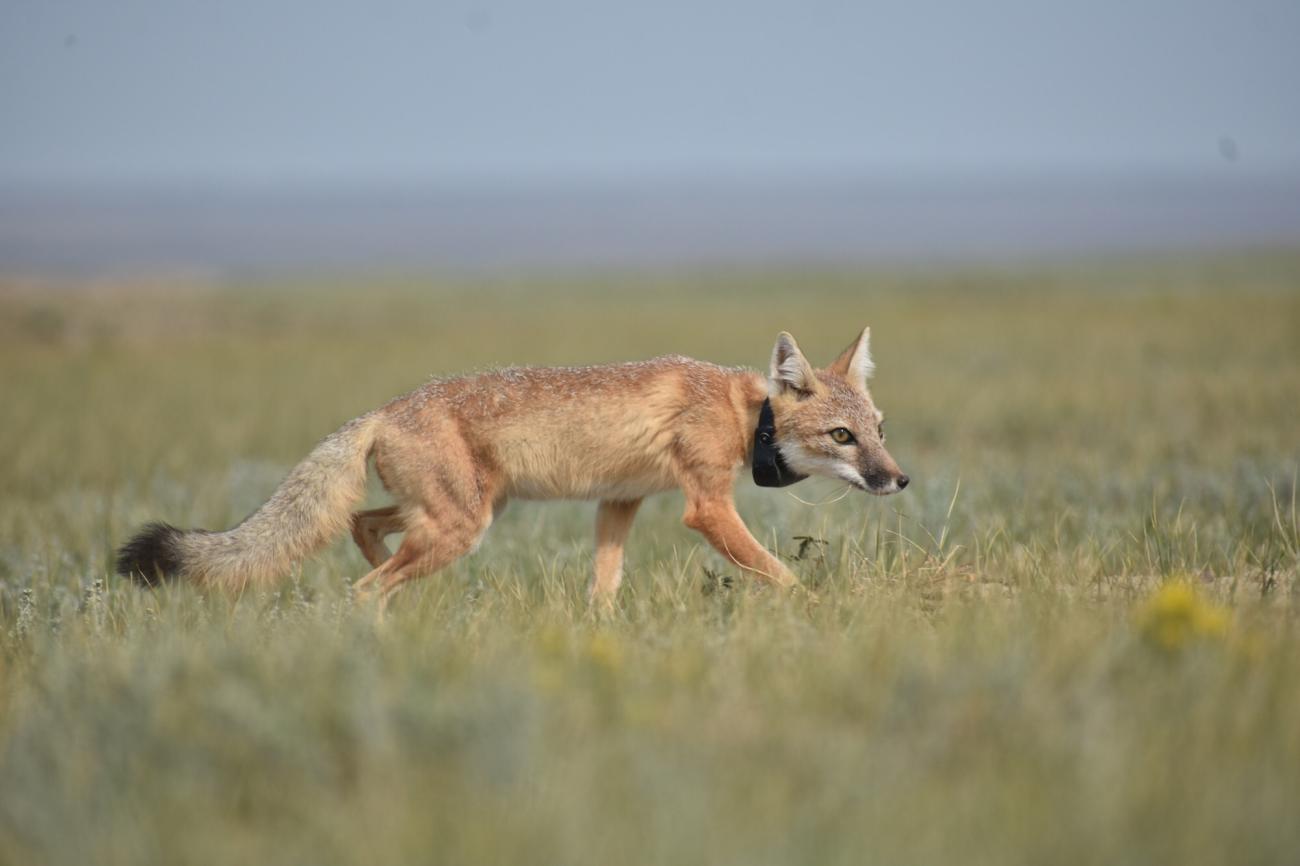Biography
Melissa Songer is a Conservation Biologist at Smithsonian Conservation Biology Institute's (SCBI) Conservation Ecology Center. She works primarily on the conservation and landscape ecology of endangered species in Asia and Chad. She uses advanced geospatial technologies to detect human transformation of landscapes and assess its impacts on endangered species and their habitats. Her research integrates extensive collection of ecological data in the field including surveys of endangered species, their movements, and assessments of human communities, with spatial models. She develops science-based strategies for sustaining and restoring species and ecosystems and works extensively with partners on the ground to implement conservation solutions.
Songer's current projects include restoring Przewalski's horses to their native range in China and Mongolia, movements of Asian elephants, human-elephant conflict in changing landscapes in Asia, restoring and tracking scimitar-horned oryx in Chad, and restoring giant panda landscapes in China. She also leads the Smithsonian's Myanmar Initiative to study and sustain the biodiversity of this critical global hotspot. This is a pan-science Smithsonian initiative with the goal of leveraging existing resources and expertise to answer fundamental questions about biology of species, drivers of extinction, landscape function, and ecosystem health.
Songer integrates capacity building with all her research and conservation programs through training and mentoring protected area staff, conservation professionals, and graduate students in conservation GIS and wildlife monitoring. She conducts courses and workshops in the U.S. and abroad and has trained more than 900 individuals representing over 40 countries.
Songer's current projects include restoring Przewalski's horses to their native range in China and Mongolia, movements of Asian elephants, human-elephant conflict in changing landscapes in Asia, restoring and tracking scimitar-horned oryx in Chad, and restoring giant panda landscapes in China. She also leads the Smithsonian's Myanmar Initiative to study and sustain the biodiversity of this critical global hotspot. This is a pan-science Smithsonian initiative with the goal of leveraging existing resources and expertise to answer fundamental questions about biology of species, drivers of extinction, landscape function, and ecosystem health.
Songer integrates capacity building with all her research and conservation programs through training and mentoring protected area staff, conservation professionals, and graduate students in conservation GIS and wildlife monitoring. She conducts courses and workshops in the U.S. and abroad and has trained more than 900 individuals representing over 40 countries.
Research Interests
Melissa Songer is a Conservation Biologist leading international conservation projects at the Smithsonian Conservation Biology Institute, among them the Smithsonian Myanmar Biodiversity Initiative, the reintroduction of Scimitar-Horned Oryx in Chad, the Giant Panda Conservation & Capacity Building Program in China, and the restoration of Przewalski’s horse populations in China and Mongolia. Her research integrates ecological field work, remote sensing, and animal tracking with community-based conservation efforts to restore and maintain conservation-dependent species in the wild. She is also a leader in expanding Smithsonian’s conservation capacity-building programs through mentoring, training, and workshops in the U.S. and abroad, resulting in the training of over 1,000 conservation practitioners from over 40 countries. Melissa is a science lead for the Smithsonian's Conservation Commons, and a researcher with Working Land & Seascapes network and the Movement of Life initiative.

